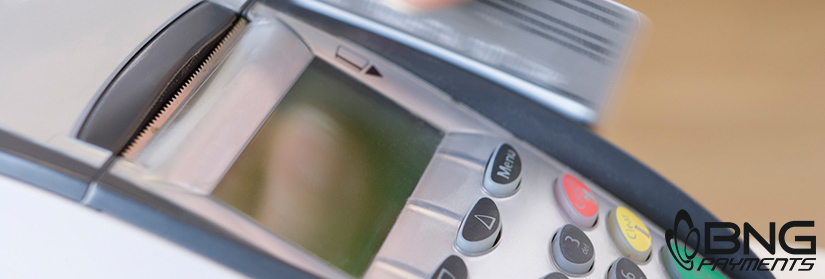
You’ve probably noticed the credit vs debit on your card readers and wondered “What does that mean?”
Both merchants and cardholders scratch their heads and continue on swiping their cards.
Most cardholders assume that swiping their debit card as a credit is someone giving them the same protections they would have if they were using a credit card.
In reality, cardholders are not getting adding benefits of protection, but rather taking more of a financial risk by not using their pin to secure the transaction.
Swiping a debit as a credit still authorizes the processor to withdraw the funds as a debit, but the transaction is settled later in the day when the merchant submits their batching settlements, and won’t show up for a day or two in the merchant's account.
Really, it doesn’t change much for cardholder for whatever option they pick. In their mind, it’s more of an illusion of security rather than actual security.
Well, a little bit.
The reason why it makes a difference for credit or debit, is the transaction costs you different fees.
If you run a debit card as a credit, it will be submitted with your credit transactions and you’ll have to have credit card fees on that transaction.
What about debit as a debit card?
You’ll be paying whatever you’d pay for a debit card, (they’re not the same price) from your processor.
Debit fees, are usually flat rates that are based upon whatever rate you agreed too (say $0.15-$0.21) each debit transaction. Depending on your processor, there may be additional fees involved.
Credit, is based on interchange rates, and whatever your processors going rate is (usually between 4%-5% plus any batching fees for when you settle.
Well, providing they don’t have a preference, it’ll depend on how expensive each transaction you run is. Debit cards flat rate may be more costly if you run smaller dollar amount transactions.
If you do run transactions that are more expensive, having a flat fee will be cheaper than a percentage fee.
This doesn’t mean you should insist on only running one or the other!
Accepting both types of payments and giving your customers the choice will outweigh the fees on both payment types.
Take a look at our services, and see what others have said.
If you’d like to learn more about what our company can do for your business, or would like a free consultation, contact us here.
